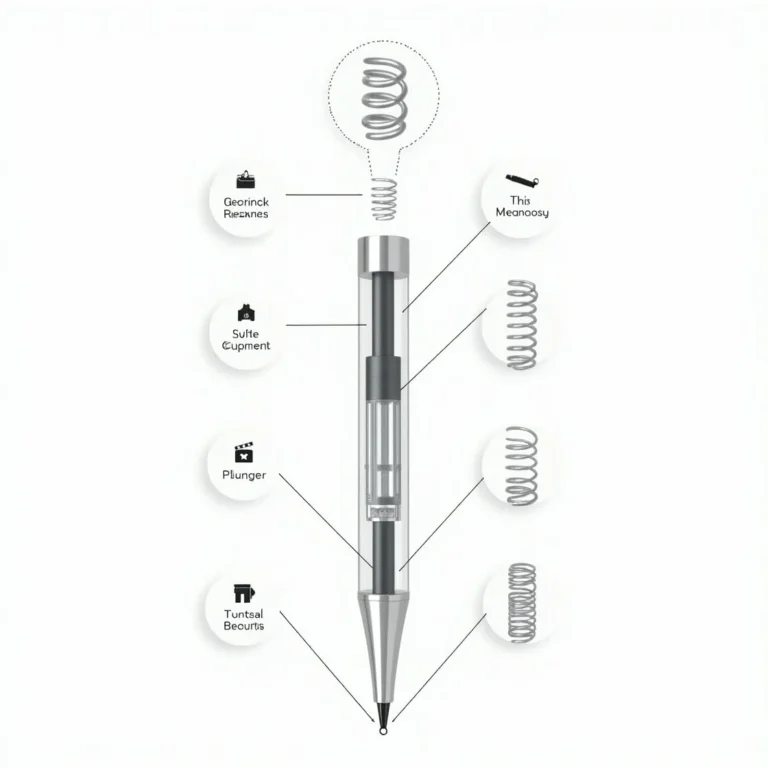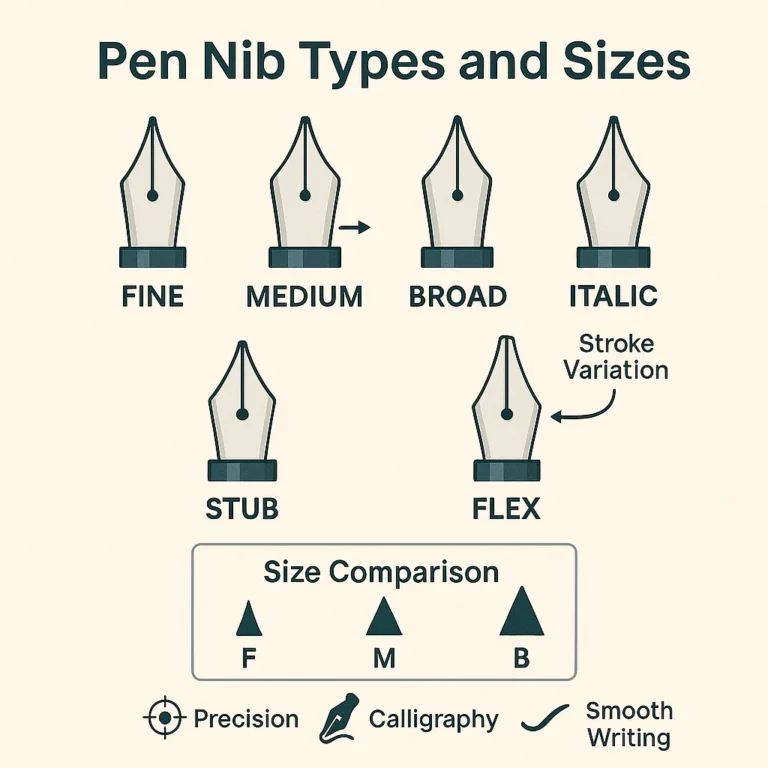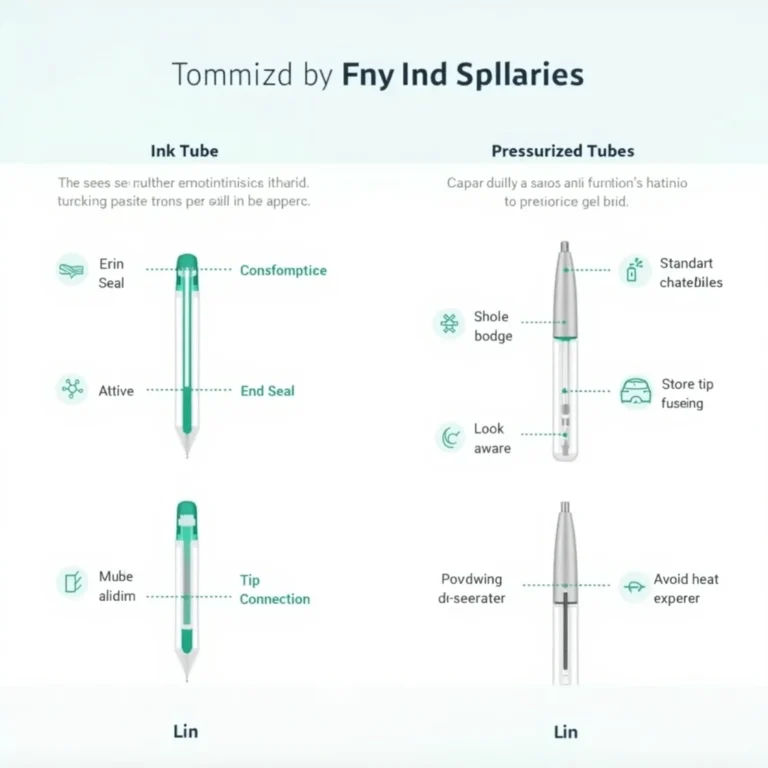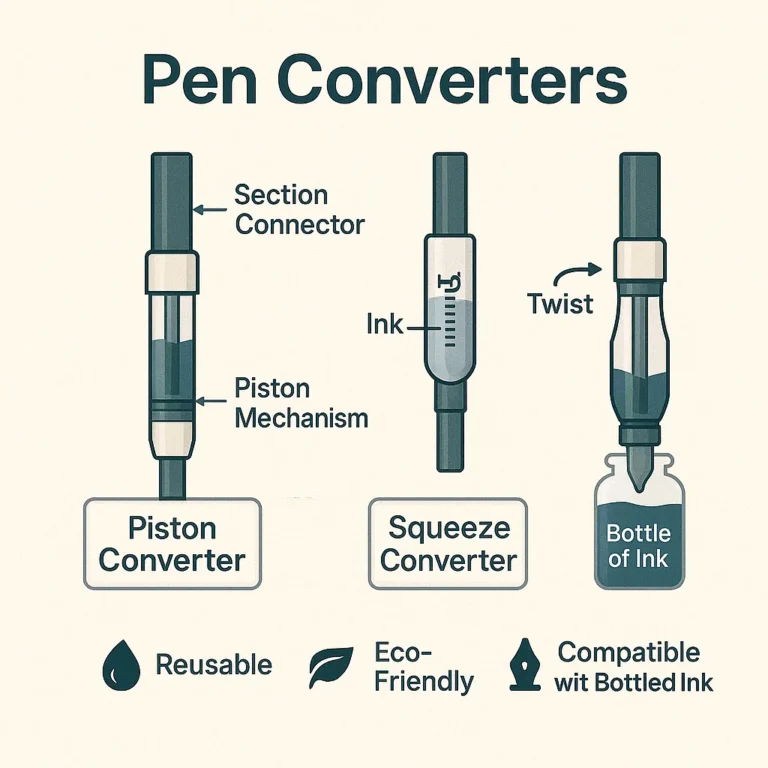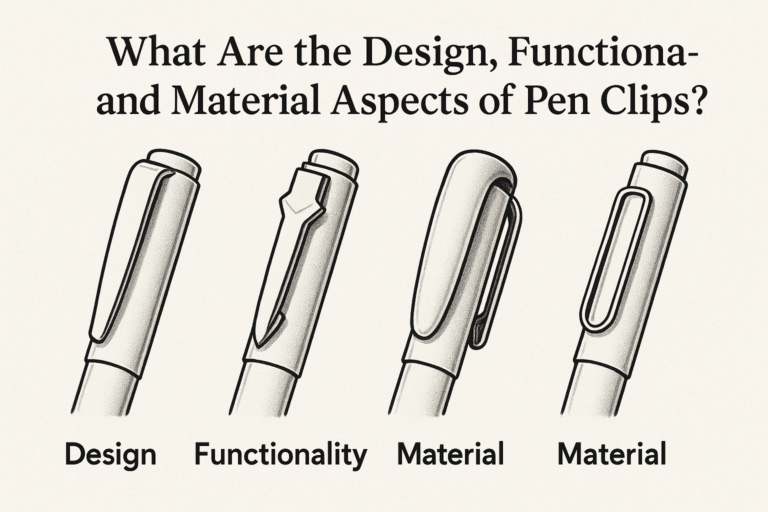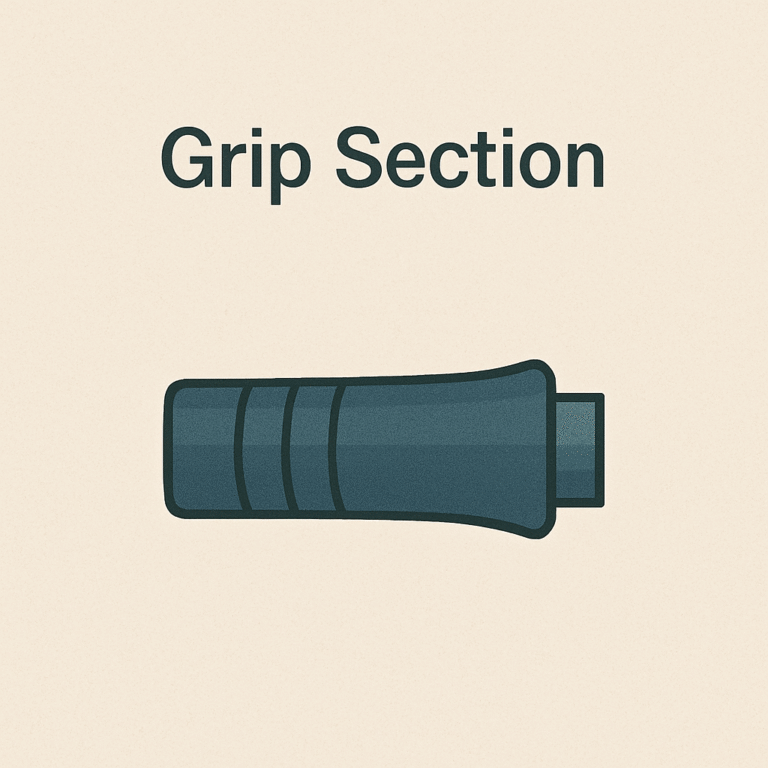What are Pen Plunger Mechanism Functional, Advantages and potential drawbacks?

The pen plunger mechanism is a key feature in retractable pens, allowing the writing tip to extend and retract with a simple press. It operates through a spring-loaded system that offers convenience and ease of use. This mechanism enhances functionality by enabling one-handed operation and eliminating the need for a cap. However, like any moving part, it comes with potential drawbacks such as wear over time and the risk of mechanical failure
Key Takeaways
- A pen plunger mechanism fills fountain pens with ink using vacuum. Pull the plunger to draw ink in.
- This system holds more ink, great for frequent writers. It quickly fills pens, reducing mess.
- To keep pen plungers working, clean them regularly by taking the pen apart.
- Not all pens fit this system. Some use different methods for filling with ink.
- The right choice of ink matters to prevent clogs, even though the system minimizes leaks and spills.

What is a Pen Plunger Mechanism?

A Pen Plunger Mechanism is a feature in fountain pens that draws ink using a vacuum. Pulling the plunger back fills the pen with ink from a bottle, suitable for both modern and vintage fountain pens.
This mechanism consists of two parts: the plunger and the barrel which stores ink. To refill, you dip the nib into bottled ink and operate the plunger. This method effectively increases ink capacity in writing instruments like fountain pens and cartridge pens.
How the Pen Plunger Mechanism Works
The pen plunger mechanism works by using a simple push and pull action. First, pushing the plunger creates a vacuum to suck in ink. Then, pulling it back breaks this suction, filling the chamber with ink from the bottle.
This method is like how a syringe draws up medicine or how hydraulic systems move fluids around. It’s neat and straightforward, relying on physics to get the job done without messes or too much effort.
Creating a vacuum for ink filling
To fill a fountain pen with ink, first, create a vacuum by pulling on the plunger at the back. This step removes air from inside the pen. Next, dip the nib into bottled ink. The vacuum pulls ink into the chamber, filling it up.
This method allows for a high ink capacity in one refill and is similar to using a straw to drink. Ink fills up quickly and neatly without spills or needing to submerge the pen deeply in ink.
Fountain pens get ready for use faster and stay cleaner during refilling with this technique.
Breaking the vacuum to draw ink
The pen’s plunger creates a vacuum. This pulls ink from a bottle into the reservoir, much like drinking with a straw. The pressure change fills the pen with ink.
Users must pick bottled ink compatible with their fountain pens. Some inks can be too thick, risking clogs in both modern and vintage pens’ tiny parts. Cleaning the pen after refilling it is crucial to avoid leaks and ensure smooth ink flow during use.
Advantages of the Pen Plunger Mechanism
The Pen Plunger Mechanism holds a lot of ink, perfect for heavy writers. It fills up easily and safely, avoiding ink spills.
High ink capacity
Pen plungers with high ink capacity let you write more before needing a refill. They hold more ink than ballpoints, so users can write longer without interruption. This is ideal for people who write a lot or prefer not to stop for ink refills.
Using pens with large ink capacity saves time and simplifies writing tasks. You need to refill them less often, which benefits fans of vintage fountain pens who enjoy seamless writing experiences.
Efficient filling process
To fill a pen with ink quickly, use the plunger mechanism. Pull back the plunger to create space inside the pen. Dip the nib into bottled ink and push down the plunger. This pulls ink into the reservoir efficiently.
These pens have a larger ink capacity than many others, reducing refills’ frequency. Directly filling from a bottle minimizes leaks or spills during refilling. This method is beneficial for frequent users and fans of vintage fountain pens, as it saves time and keeps workspaces clean.
Minimal ink leakage
The pen plunger mechanism prevents ink leaks, securing the ink inside for easy transport. This design allows users to refill their pens cleanly, ideal for those frequently using pens or needing clean work areas.
Leak-proof pens suit travelers or active individuals by avoiding ink stains in bags or on clothes. Fountain pen enthusiasts often choose these models for their compatibility with bottled ink, offering leak protection and simpler maintenance.
Potential Drawbacks of the Pen Plunger Mechanism
Maintaining pen plungers is hard, like fixing a watch. Not all pens fit this system, so options for writing or drawing are limited.
Complexity in maintenance
To keep fountain pens working well, clean the plunger mechanisms often. This means taking apart the pen. Be careful, as parts are small and easy to lose. Clean each piece gently to avoid damage.
Some inks make cleaning harder. Thick or glittery inks can jam the pen, so choices are limited. Using these inks means more effort during cleaning. Always follow specific steps to clean thoroughly without hurting the pen parts.
Limited compatibility with some pens
Some pens, like modern fountain pens and certain vintage ones, work with plunger mechanisms to fill ink. However, rollerballs and disposable insulin pens can’t use this system because it needs a special design for creating and breaking a vacuum to fill them.
When picking bottled ink, the pen’s compatibility with the plunger system is crucial. Not all brands make pens that fit this method, limiting options for those who own incompatible pens.
They miss out on high ink capacity and an efficient filling process without the right match. Always check if your pen fits the plunger system before making a purchase or attempting to refill it.
Conclusion
The pen plunger mechanism fills pens with ink by creating a vacuum. This method offers high ink capacity and less leakage. Yet, it might not suit all pens and requires regular maintenance.
Knowing these details helps owners choose their writing tools wisely.
FAQs
1. What is the function of a pen plunger mechanism?
The pen plunger mechanism is primarily used in fountain pens and insulin pens. In fountain pens, it works by creating capillary action to control ink flow from bottled ink, ensuring consistent writing. In insulin pens, it pushes the right dosage of insulin under the skin for effective diabetes management.
2. How does cleaning affect the functionality of a pen with a plunger mechanism?
Cleaning fountain pens with plungers is essential for maintaining optimal ink flow and capacity over time. For reusable insulin pens, regular cleaning helps prevent hypoglycemic episodes due to incorrect dosages caused by blockages.
3. Are there any advantages to using disposable or reusable insulin pens with a plunger mechanism?
Yes! They offer precise dosage control which aids in better diabetes care, they’re portable and easy to use compared to traditional intra-muscular injections or insulin pumps. Some modern versions even come equipped with near-field communication (NFC) that can sync data with smartphones or tablets through mobile apps for continuous glucose monitoring.
4. Can vintage and modern fountain pens both utilize the pen plunger mechanism?
Absolutely! Both vintage and modern fountain pens can employ this system effectively enhancing their ink capacity while retaining smooth ink flow despite differences in design.
5.What potential drawbacks should I be aware of when using these types of mechanisms?
For fountain users, maintenance might be an issue as frequent cleaning is required for optimum performance; also bottled ink could get messy sometimes! Diabetes patients on the other hand need careful prescription adherence as wrong usage may lead to severe health complications like hypoglycemia; also disposal needs proper sharps container handling!
6.Are there any technological advancements improving usability of such mechanisms?
Indeed! Insulin delivery systems are now integrating NFC technology allowing them to connect seamlessly with personal computers or mobile devices facilitating blood glucose monitoring via glucometer readings thus promoting healthier lifestyle choices among type-1 and type-2 diabetes patients.
